Quality Control in OEM Tea Production
Tea. The drink of emperors, philosophers, and that one coworker who insists on telling you about their “zen morning routine” every single Monday. But have you ever stopped to wonder how your favorite Earl Grey or calming chamomile gets from a factory to your cup? Spoiler alert: it doesn’t involve tiny elves or magical tea fairies (though wouldn’t that be delightful?). Instead, it’s a wild ride of quality control in OEM (Original Equipment Manufacturer) tea production a process so meticulous it could make a Swiss watchmaker blush.
Let’s dive into the quirky, sometimes absurd, but always fascinating world of quality control in OEM tea production. Grab your favorite mug, steep your tea of choice, and let’s spill some tea on… well, tea.
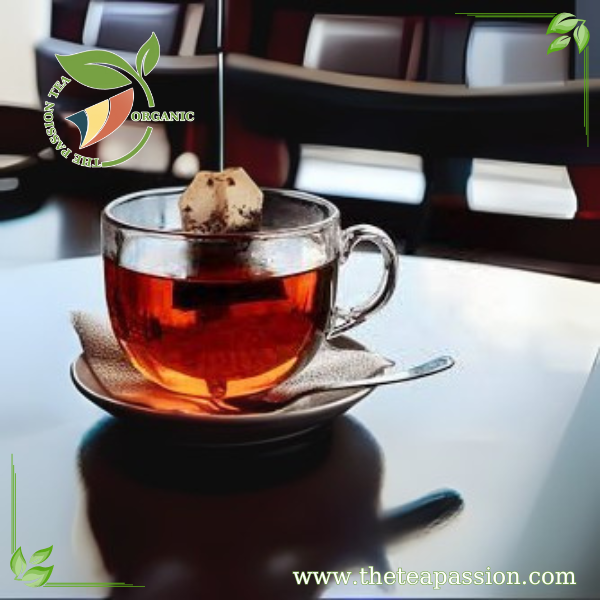
The Leafy Drama Begins: Sourcing the Tea
First things first: you can’t make tea without tea leaves. But not just any leaves will do. You can’t pluck them off your neighbor’s hedge and call it a day. (Though if you’ve tried, I admire your DIY spirit.) OEM tea producers work with carefully selected tea gardens and suppliers who meet rigorous standards. Think of these suppliers as the VIPs of the tea world they’re like the Beyoncé of bushes.
Quality control starts right here, with agronomists inspecting the tea leaves for color, size, and aroma. If a batch doesn’t meet the standard, it’s rejected faster than a bad Tinder date. And let’s not forget about pesticides and chemicals because nothing ruins a relaxing cup of tea like a side of “mystery toxins.” Testing for these is non-negotiable.
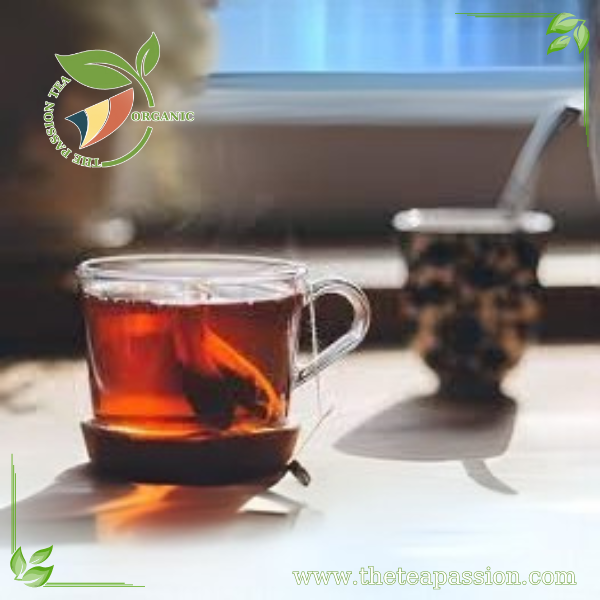
The Art of Making Tea Taste Like It Knows What It’s Doing
Here’s where things get fancy. Once the tea leaves pass their audition, it’s time for blending. This is the part where master blenders yes, that’s a real job title step in to work their magic. These people have taste buds so refined they can probably tell you what the Queen had for breakfast just by sniffing her teacup.
Blending is an art and a science. It’s about creating consistent flavor profiles that make you say, “Ahhh,” after every sip. Imagine trying to replicate the exact flavor of a popular tea blend across millions of cups. That’s like trying to bake identical cookies without accidentally burning at least one batch. (Seriously, how do they do it?)
Quality control here involves endless taste tests. Yes, professional tea tasters exist, and yes, they have the best job ever. But don’t be fooled it’s not all sipping and smiling. These folks spit out the tea after tasting it to avoid caffeine overload. It’s not glamorous, but someone has to do it.
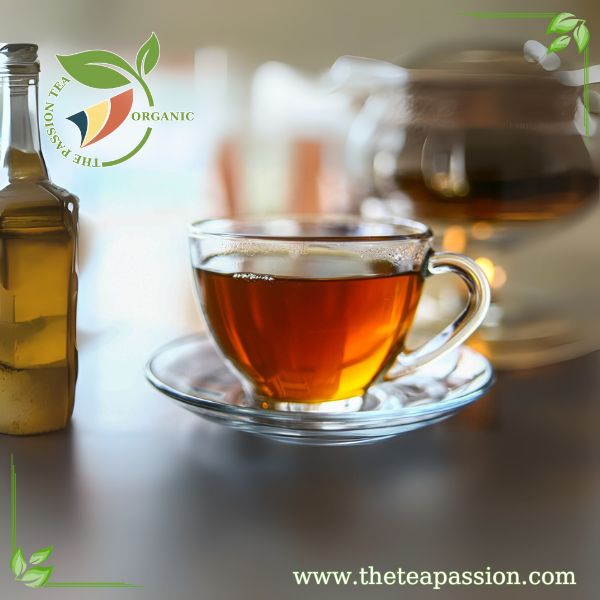
Sealing the Deal
Once the tea is blended to perfection, it’s time for packaging. This is where things get… intense. You see, packaging isn’t just about making the box look pretty (though we do love a good floral design). It’s about ensuring that the tea stays fresh and flavorful until it reaches your kitchen cabinet.
OEM producers use high-tech machinery to package tea bags with military precision. The goal? To seal in freshness while keeping out air, moisture, and other pesky intruders. Quality control teams run tests to ensure the packaging is airtight, durable, and capable of surviving everything from shipping trucks to overzealous unboxers.
Oh, and let’s not forget about the string and tag on your tea bag. Do you think those just magically attach themselves? Nope! That’s a carefully calibrated process too. If the string isn’t the right length or the tag falls off mid-steep, someone in quality control is going to hear about it.
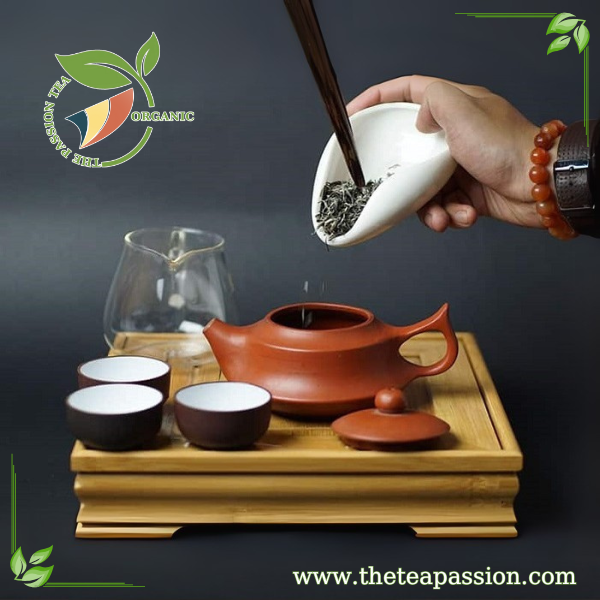
Testing for Perfection
Now we enter the laboratory phase of quality control where science meets tea in a glorious collision of beakers and boiling water. Here, technicians test for things like moisture content, particle size, and caffeine levels. It’s like a chemistry class you actually want to attend.
One particularly bizarre test involves simulating how the tea will behave when brewed by customers. Will it steep evenly? Will it release its flavor at the right rate? Will it betray you by floating weirdly at the top of your cup? These are the hard-hitting questions OEM producers must answer.
There’s even a test for how well the tea bag holds up under stress. Yes, stress testing for tea bags is a thing. They dunk them repeatedly in hot water to see if they tear or disintegrate. It’s like CrossFit for tea bags only much less sweaty.
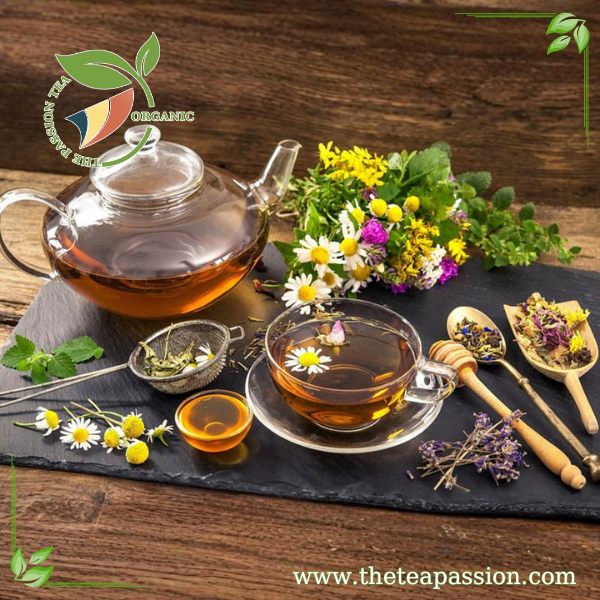
Even after all this effort, OEM producers know that perfection is a moving target. That’s why customer feedback is a crucial part of quality control. If enough people complain that their green tea tastes like “grass clippings,” you can bet someone is going back to the drawing board.
In fact, some companies go above and beyond by conducting focus groups where participants rate everything from flavor to packaging design. Imagine sitting in a room with strangers and passionately debating whether “zesty” is an appropriate adjective for lemon-ginger tea. That’s dedication.
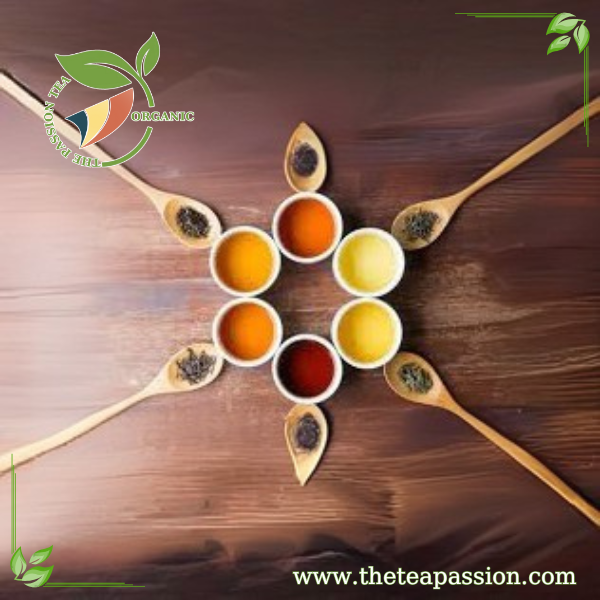
A Toast to Tea
Quality control in OEM tea production is no joke even if I’ve made it sound like one. It’s a meticulous process involving countless steps, from leaf selection to lab testing to customer feedback. So next time you sip your favorite brew, take a moment to appreciate all the hard work that went into making it perfect.
And if you’re ever feeling down about your own job, just remember: somewhere out there is a person whose sole responsibility is to dunk tea bags into hot water all day long. Cheers!
